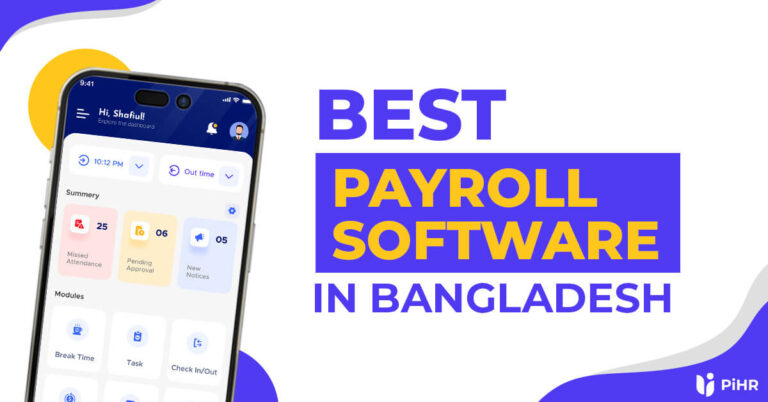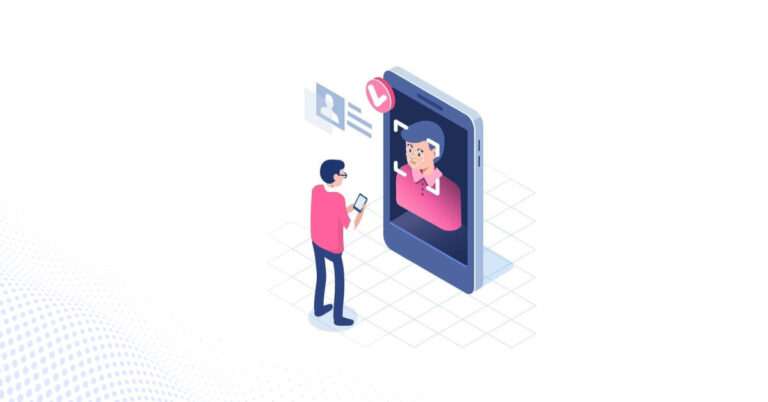The functions of an HR management system may indeed be summed up in a few words. Human resources activities include recruitment, workforce upkeep, and ‘rallying the soldiers’ to operate cohesively and efficiently. This, however, is a massive underestimation of the true positive impact that a well-functioning human resources team can have on a business, whether large, medium, or small.
When looking at a company’s overall operations, the truth of HR’s impact on day-to-day operations becomes more apparent. HR management methods are responsible for a substantial percentage of a company’s leadership and identity. There are genuinely top 10 functions of a human resource management system of any particular firm, which are discussed below.
1. Future-Oriented Planning
HR departments place a high priority on an organization’s long-term planning. Managers in this department must work in harmony with the other departments to be successful. Any sustainable HR strategy is tailored to the specific needs of a company’s model.
The best way for HR managers to succeed is to build relationships with sales leaders. Besides that, the human resources team will better understand relevant performance indicators, analytics, and data as they create planning strategies in this way.
2. Recruiting the Best Talent
Hiring the right personnel who fits a company’s needs and conditions is a delicate form of art for an HR professional. Recruiters must understand what it takes to attract the best prospects for interviews. Companies use numerous hr software. For example, hr software used by companies in Bangladesh helps a lot in filtering the right resumes for the interview sessions.
Also, different kinds of tools are available to assist in the screening of candidates before interviews. Some firms even use chatbots. According to the research, the average cost of replacing highly skilled employment is 213 percent of annual income. Recruiters need to offset recruitment costs by hiring someone with less experience but tremendous potential.
3. Planning for Succession (Career)
Internal promotions have proven to be more profitable for businesses over time. HR should collaborate with other leadership teams to identify top-performing talent at all levels, including entry-level and non-management positions. The strategy for fostering this talent’s development within the company must devise.
According to extensive studies, external hires are 61% more likely to quit the firm within their first two years, either through a layoff or outright termination. Employees who have received an internal promotion are also 21% more likely to leave the company.
Furthermore, 86 percent of executives consider succession planning to be a top priority.
4. Examining Job Responsibilities
Each status within an organization has a variety of factors as well as HR department functions are carefully considered. Credentials, quality, accessibility, location, project timeline, commitments, economics, and overall employment value are all factors that HR considers when evaluating these key functional areas of HRM. The evaluation should, in theory, determine which jobs are the most similar, and the reward system should be based on those shared characteristics.
5. Rewards and Incentives
Employees require incentives; otherwise, what is the point of working? Making a living (or even accumulating personal wealth) is unquestionably motivating, but recognition goes further. These factors are valuable assets, including status, work-life balance, culture, and career chances. HR has a big say in who gets rewarded, why they get rewarded, and what kind of incentives are given out.
6. Internal Marketing and Employee Engagement
Teams that have a higher level of engagement are 21% more lucrative. As a result, HR departments go to great lengths to create a work environment in which employees are more engaged. As a result, HR departments frequently organize company retreats to foster internal networking.
They also make sure that employees are kept informed and connected to what’s going on. It’s become commonplace for more modern companies to treat their employees like customers, particularly top talent. In large part, HR is to blame for instilling such a mindset.
7. Employee Health and Happiness
According to a Gallup survey, burned-out employees are 63% more likely to be taking a sick day. Also, 2.6 times actively seeking new employment. If they aren’t looking for a new job, they will have 13 percent less confidence in their performance. They’ll also be 50% less inclined to share performance goals with management. HR must be aware of the indicators of burnout and establish and enforce policies that prevent it from occurring in the first place. Furthermore, wellness and health involve an emphasis on mental health and personal well-being in addition to burnout. When employees face a personal crisis, and their well-being is in jeopardy, HR steps in if they know the situation.
8. Management in General
HR is in charge of administrative tasks that fall into two categories: personnel procedures and information systems. Promotions, disciplinary proceedings, performance improvement, regulations, diversity (gender, culture, and race), and harassment are all examples of personnel procedures.
These various issues necessitate the establishment of standards and practices that will aid in the resolution of any lingering problems. HR information systems are responsible for storing employee and performance data to make informed decisions.
9. Employee Departure
When high-performing people leave a firm, this does not have to be a shitty thing. If an HR department has procedures to ensure a smooth and pleasant transition, it can be quite the opposite. Employees who leave on good terms will put forth their best effort when passing on their knowledge to their successor. Boomerang employees are familiar with a company’s culture and return with more experience and expertise. These types of rehires have the advantage of slashing 50% of the costs associated with the recruitment process.
10. Health and Safety Regulations
Health and safety regulations are synonymous with a human resource management system. It’s one of HR’s primary responsibilities, and these guidelines are in place to protect both employees and the company from potential disasters. The oil conglomerate Shell forbade its employees from walking the stairwells without using the handrails. The initiative was known as ‘Goal Zero,’ and its goal was to prevent even one accident.
Interestingly, Shell enforced this rule at their headquarters despite the mandate’s sole purpose of protecting those on the oil rig. However, it demonstrated how important safety was to the company’s culture.
Final Words
Yes, these are all essential human resource activities, or you can say the top 10 functions of the human resource management system of any HR department, particularly those that are productive. This is, however, just the tip of an iceberg. HR’s complexities extend far beyond hiring, employee firing, policies, and procedures. On the other hand, these departments shape the entire culture and personality of small, medium, and large businesses.













